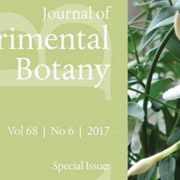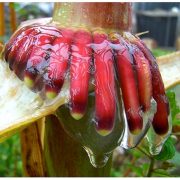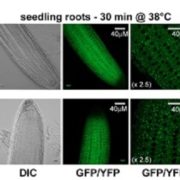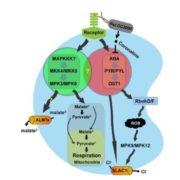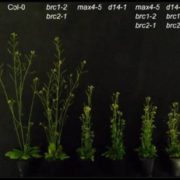Review: Sensing danger – key to activating plant immunity
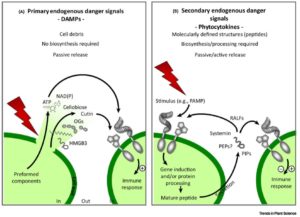 The first step in defending yourself is recognizing that you need to defend yourself. Gust et al. review the mechanisms through which plants sense danger, drawing parallels to similar mechanisms in animals. They define three categories of danger signals. Exogenous signals are “non-self” signals, such as the pathogen-associated molecular patterns (PAMPS) or signals produced by herbivores, nematodes, or parasitic plants, as well as their effectors. Endogenous or self signals fall into two classes, the primary damage-associated molecular patterns (DAMPS, e.g., cell wall fragments), and the secondary signals produced in response to danger (e.g., processed peptides, also described as phytocytokines by analogy to animal cytokines). A third class, abiotic danger signals (e.g., nanomaterials), is less well defined in plants. This interesting and accessible review should help students appreciate the complexity of plant defense mechanisms. Trends Plant Sci. 10.1016/j.tplants.2017.07.005
The first step in defending yourself is recognizing that you need to defend yourself. Gust et al. review the mechanisms through which plants sense danger, drawing parallels to similar mechanisms in animals. They define three categories of danger signals. Exogenous signals are “non-self” signals, such as the pathogen-associated molecular patterns (PAMPS) or signals produced by herbivores, nematodes, or parasitic plants, as well as their effectors. Endogenous or self signals fall into two classes, the primary damage-associated molecular patterns (DAMPS, e.g., cell wall fragments), and the secondary signals produced in response to danger (e.g., processed peptides, also described as phytocytokines by analogy to animal cytokines). A third class, abiotic danger signals (e.g., nanomaterials), is less well defined in plants. This interesting and accessible review should help students appreciate the complexity of plant defense mechanisms. Trends Plant Sci. 10.1016/j.tplants.2017.07.005


